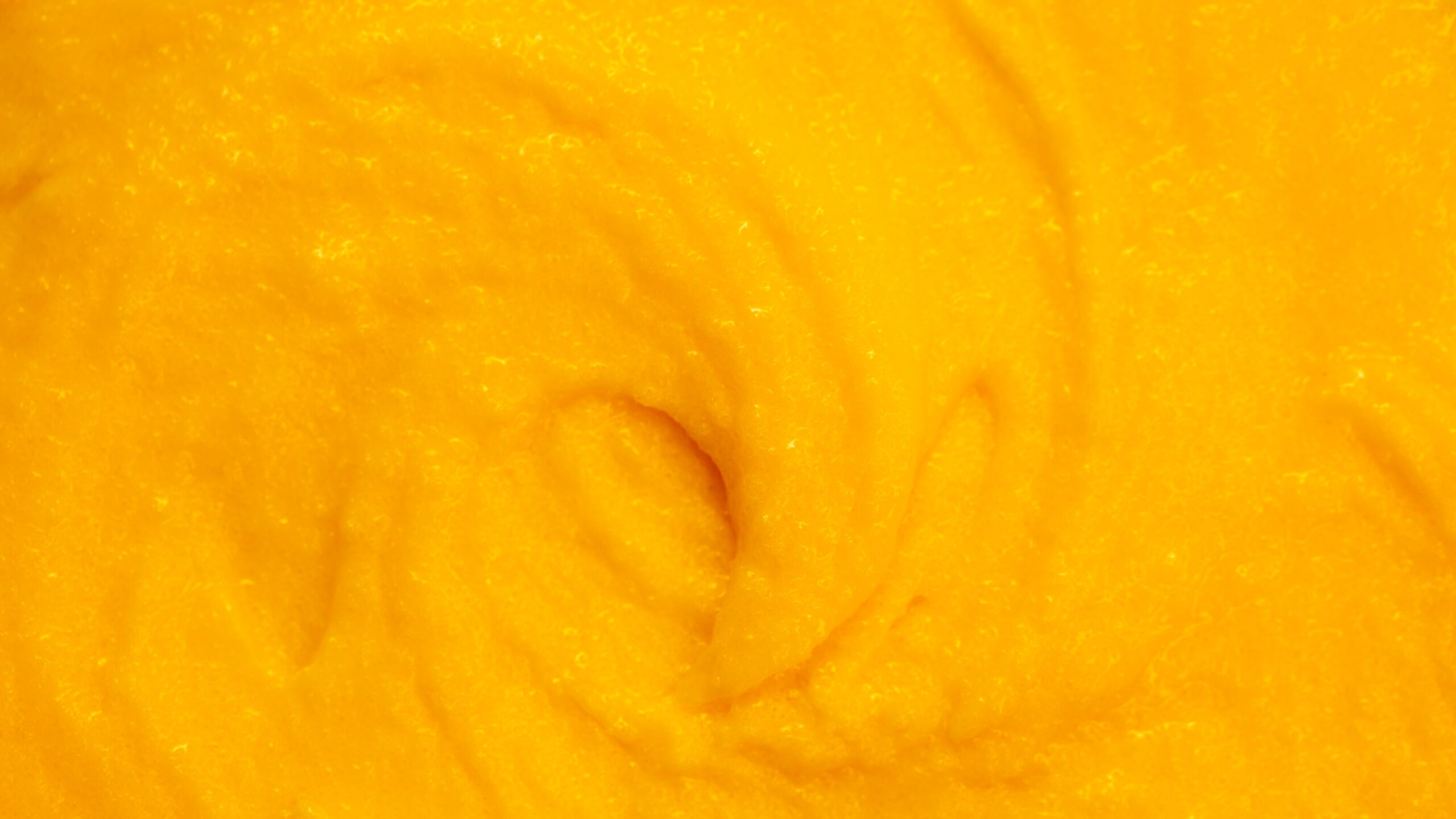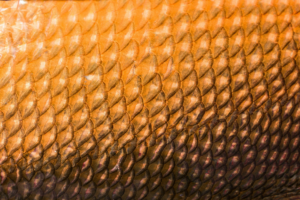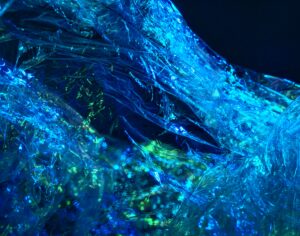08/11/2024
How are you enjoying the sustainable café? Could I interest you in the dessert menu? We have a fantastic selection of sustainable sweet treats for you today.
While meat understandably gets most of the flack when it comes to the climate cost of our diets, our love of sweet treats is sadly far from guilt-free. Many of our favourite desserts are sweetened by sugar which often comes from sugarcane, one of the worlds thirstiest crops. In addition, the growing demand sugar has driven a rise in habitat loss. Some of the worlds most biodiverse ecosystems including rain forest, thorn forest, and savannah have all been cleared to make way for sugar crops.
In a similar way, our insatiable demand for chocolate has led to such a dramatic shift in land use in parts of West Africa. The clearing of huge areas of carbon absorbing rainforest means that today, chocolate production generates more CO2 emissions per kilogram than chicken, eggs, fish, and even pork.
But don’t despair, some of the worlds smartest minds are working to make your favourite desserts more environmentally friendly. So the sustainable dessert trolly is on its way, what can we tempt you with?
Chocolate Brownie
Our house chocolate brownie features a healthier dark chocolate developed by scientists at ETH Zürich. This patent-pending chocolate (EP3986150) uses a sweet gel formed using the inner layer of the cocoa fruit shell and cocoa fruit pulp to replace some of the sugar that would otherwise come from refined sugar. Not only does this new chocolate have the heath benefits of increasing the dietary fibre content by around 20% and reducing the saturated fat content by around 30% compared to the average European dark chocolate[1], it also has the environmental benefit of using parts of the cocoa fruit that would otherwise be discarded. This produces an additional revenue stream for cocoa farmers and reduces overall waste generated from the cocoa fruit. Life cycle analysis has also shown that large scale production of this chocolate could reduce land usage and global warming potential. [2]
Strawberries and Cream
How about a summer classic with a twist? We are now serving vertically farmed strawberries (which are always in season!) alongside a patent-pending plant-based whipped cream with improved heat stability (US2023363404). Oishii’s Omakase strawberries are grown in an innovative vertical farm designed to mimic the conditions of the foothills of the Japanese Alps[3]. Their vertical farm uses LED lights primarily powered by the solar field next door, is pollinated naturally using bees and has a water purification system which recycles the majority of water used in the farm. With space and resource usage becoming increasingly contentious, vertical farms allow for urban farming in controlled, space-efficient environments, often without the need for pesticides and powered using renewable energy. Globally, the vertical farming market is forecasted to grow to more than $35 billion by 2032.[4]
Banana Split
Split between the choices so far? Let me tell you about our banana split made with 100% organic bananas and sustainable ice cream. Instead of the conventional Cavendish banana, we are serving the new Pointe d’Or banana variety. Currently, nearly all bananas globally are of the Cavendish variety because of their ease of transportation. However, this monocropping greatly exposes Cavendish bananas to the risk of disease, which is exactly how the previous banana monoculture, the Gros Michel, was almost eradicated in the 1950s. The Pointe d’Or banana is naturally resistant to the black Sigotoka disease, which is already affecting Cavendish bananas in many production areas[5]. At least for now, this means the Pointe d’Or banana can be grown 100% organically. Nevertheless, this highlights the need for increased banana biodiversity as banana diseases continue to evolve.
Dairy ice cream is associated with several environmental impacts arising from dairy farming and maintaining a cold environment (typically -18ºC) during transport and storage. In fact, producing 1kg of premium vanilla ice cream emits 3.94 kilograms of CO2-equivalent (kgCO2-equ/kg), which is 1.8x the climate impact of producing the same quantity of cupcakes.[6]
Researchers at the China Agricultural University have developed a patent-pending method of introducing small amounts of starch into the ice cream mixture such that it can be stored at temperatures up to -5ºC (CN117179118). This is because the addition of the starch affects the microstructure of the ice cream which increases the temperature stability at higher temperatures, while maintaining the texture and taste.
ColdSnap have also developed a patented machine for rapidly cooling food and drink (US11279609). ColdSnap have developed recyclable single-serving pods of ice cream mixture which can be stored at room temperature and placed in the machine on demand to rapidly cool the mixture. As a result, carbon emissions associated with transporting and storing the ice cream can be reduced by up to 42% compared to traditional ice cream.[7]
Soufflé Pancakes
Our chefs have whipped up a real treat with this one. Our soufflé pancakes feature a patent-pending aquafaba composition (EP4208034) instead of egg whites. This particular formulation has been developed by Alternative Foods Ltd, sold as ‘OGGS’, which is a “consistent, stable and functionally effective… an egg substitute”. Aquafaba is made from water used to soak legumes such as chickpeas and various beans, which are becoming increasingly popular as part of a more plant-based diet. In fact, a new study was recently launched to assess the feasibility of growing chickpeas within the UK.[8] As a nitrogen-fixing legume, chickpeas have the potential to reduce on-farm fertiliser requirements and the high greenhouse gas emissions associated with fertiliser production and application. As part of the study, new chickpea varieties will be developed with the aim of being better adapted to the UK climate but only time will tell if any of them will prevail.
Have your cake and eat it
In a hurry? Why not take your dessert to go? We can pack your pudding in a bagasse takeaway box made from the fibrous by-product left after sugarcane juice is extracted from sugarcane stalks. After all, refined sugar made from sugarcane is common to nearly all desserts and sugarcane is the world’s largest crop by production quantity. Bagasse packaging therefore has the advantage of being both biodegradable and made from a widely available resource which would otherwise go to waste.[9]
So treat yourself. As you can see, the desserts at the sustainable café are guilt free, from a sustainability perspective at least.
Read the next article of Sustainable Café: The Last Crumb
Read the previous article of Sustainable Café: Full English Breakfast
This article is for general information only. Its content is not a statement of the law on any subject and does not constitute advice. Please contact Reddie & Grose LLP for advice before taking any action in reliance on it.
[1] https://www.greaterzuricharea.com/en/news/eth-koa-and-felchlin-develop-more-sustainable-chocolate
[2] https://www.nature.com/articles/s43016-024-00967-2
[3] https://oishii.com/pages/the-omakase-berry
[4] https://www.forbes.com/sites/jenniferkitepowell/2024/06/09/how-oishii-uses-bees-robots-and-solar-to-sustainably-grow-strawberries-indoors/
[5] https://www.cirad.fr/en/press-area/press-releases/2020/french-organic-banana-agricultural-revolution
[6] https://www.expat.hsbc.com/wealth/insights/esg/why-esg-matters/ice-cream-deliciously-sustainable/
[7] https://www.aramarkrefreshments.com/webstore/products-services/coldsnap/
[8] https://www.niab.com/news-views/news/news-new-feasibility-study-domestic-chickpea-production




